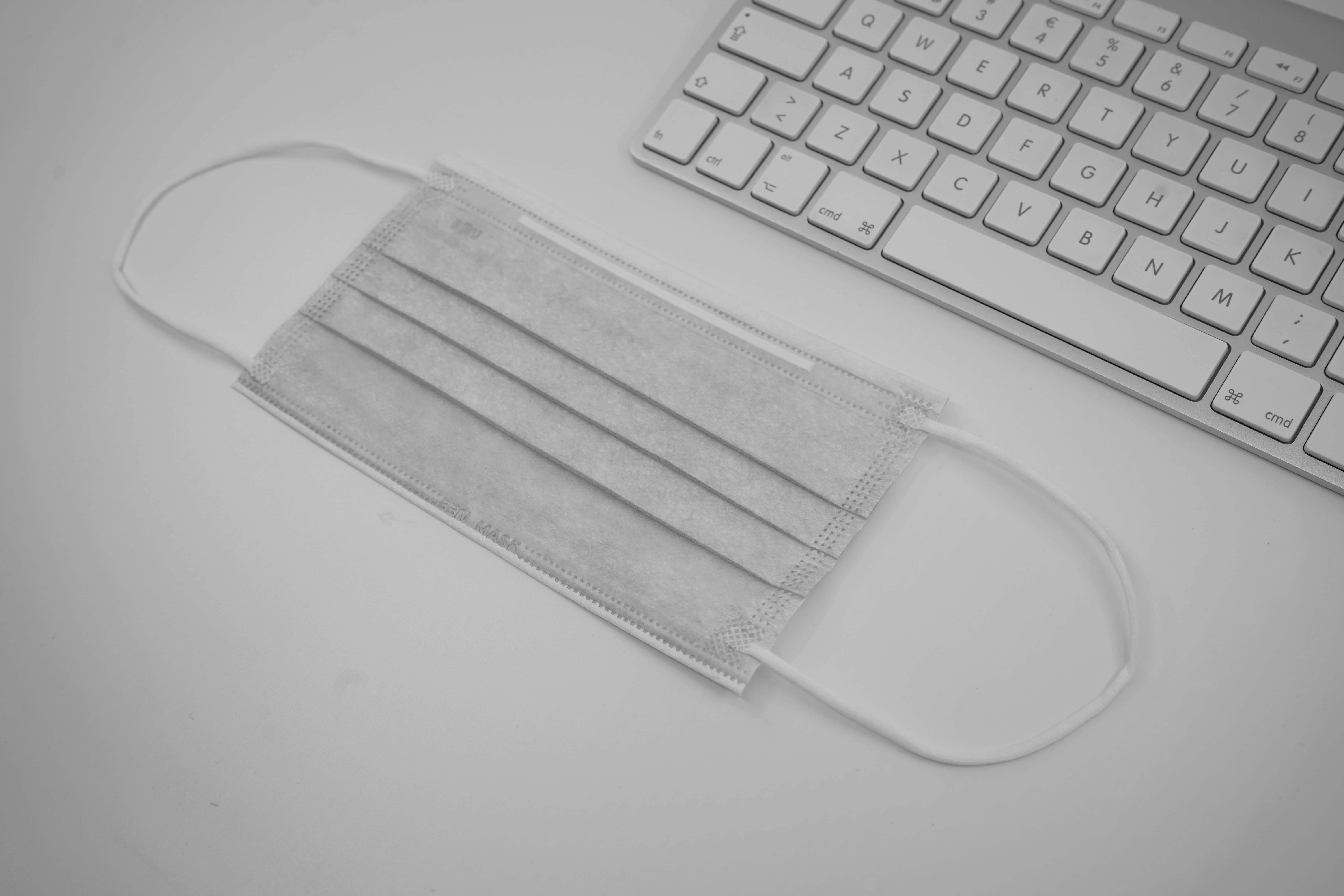U.S. Supreme Court to Rule on Rights of Trademark Licensees Upon Rejection of a License Agreement Under Section 365 of the Bankruptcy Code
On October 26, 2018, the U.S. Supreme Court granted a petition for a writ of certiorari in the case of Mission Product Holdings, Inc. v. Tempnology, LLC, to decide the issue of whether a debtor-licensor’s rejection of a trademark license agreement under section 365 of the Bankruptcy Code terminates the rights of the licensee to use the applicable trademarks. No. 17-1657, 2018 WL 2939184 (U.S. Oct. 26, 2018). The appeal arises from a decision by the U.S. Court of Appeals for the First Circuit, holding that the rejection by debtor Tempnology, LLC (“Tempnology” or the “Debtor”), of its marketing and distribution agreement (the “Agreement”) with Mission Product Holdings, Inc. (“Mission”), left Mission with only a pre-petition damages claim and no continuing trademark license or distribution rights. See Mission Product Holdings, Inc. v. Tempnology, LLC (In re Tempnology, LLC), 879 F.3d 389, 392 (hereinafter, the “First Circuit Decision”).
The Supreme Court’s ultimate decision likely will resolve a long-standing circuit split and provide much needed guidance to trademark license counterparties, as other courts have held that rejection of a trademark license agreement does not terminate the licensee’s rights to continue using a debtor’s trademarks post-rejection. See, e.g., Sunbeam Prods., Inc. v. Chicago Am. Mfg., LLC, 686 F.3d 372 (7th Cir. 2012). Indeed, the International Trademark Association has called the circuit split the “most significant unresolved legal issue in trademark licensing.” Amicus Curiae Brief of the International Trademark Association in Support of Petitioner at 3, Mission Product Holdings, Inc. v. Tempnology, LLC, No. 17-1657 (U.S. July 11, 2018).
Statutory Background
Section 365(a) of the Bankruptcy Code permits a debtor-in-possession to “reject” an “executory contract” that, in its business judgment, is not beneficial to the company. See 11 U.S.C. § 365(a); see also First Circuit Decision, 879 F.3d at 394. Pursuant to section 365(g) of the Bankruptcy Code, rejection under section 365(a) “constitutes a breach of such contract . . . immediately before the date of the filing of the petition.” 11 U.S.C. § 365(g); see also Sunbeam, 686 F.3d at 377 (“What § 365(g) does by classifying rejection as breach is establish that in bankruptcy, as outside of it, the other party’s rights remain in place.”). Furthermore, section 365(n)(1) of the Bankruptcy Code permits the licensee under a rejected “intellectual property” contract either to (i) treat the contract as terminated and assert a claim for pre-petition damages, or (ii) retain the same rights under the contract that existed immediately before the commencement of the debtor’s bankruptcy case. See 11 U.S.C. § 365(n); see also S. Rep. No. 100-505 (1998), reprinted in 1988 U.S.C.C.A.N. 3200 (explaining that section 365(n) was designed “to make clear that the rights of an intellectual property licensee to use the licensed property cannot be unilaterally cut off as a result of the rejection of the license pursuant to Section 365 in the event of the licensor’s bankruptcy”). Section 365(n) of the Bankruptcy Code was enacted in response to the Fourth Circuit decision of Lubrizol Enterprises, Inc. v. Richmond Metal Finishers, Inc., 756 F.2d 1043 (4th Cir. 1985), which held that a debtor’s rejection of a license agreement terminates the licensee’s rights to use the previously licensed intellectual property and leaves that licensee with the sole remedy of money damages. Id. at 1048. Although section 101(35A) of the Bankruptcy Code sets forth an enumerated list of what constitutes “intellectual property,” that list does not include trademarks. See 11 U.S.C. § 101(35A) (including, among other things, trade secrets, patents, and copyrights in the definition).
Factual and Procedural History
Tempnology was in the business of producing specialized products, such as towels, socks, and headbands, designed to “remain at low temperatures even when used during exercise.” First Circuit Decision, 879 F.3d at 392. These products were marketed under the “Coolcore” and “Dr. Cool” brands. Id. On November 21, 2012, the Debtor and Mission entered into the Agreement, which provided Mission with three categories of rights: (i) distribution rights to certain of Tempnology’s products manufactured within the United States; (ii) a nonexclusive license to use certain of Tempnology’s intellectual property, excluding trademarks; and (iii) a nonexclusive, non-transferrable, limited license to Tempnology’s trademarks and logo. Id. at 393. On September 1, 2015, faced with accruing multi-million dollar net operating losses, Tempnology filed a voluntary petition for relief under Chapter 11 of the Bankruptcy Code in the United States Bankruptcy Court for the District of New Hampshire (the “Bankruptcy Court”). Id. at 394.
The day after Tempnology filed for bankruptcy it moved (the “Rejection Motion”) to reject the Agreement, along with sixteen other agreements. First Circuit Decision, 879 F.3d at 394. In support of the Rejection Motion, the Debtor argued that the Agreement “hindered [its] ability to derive revenue from other marketing and distribution opportunities.” Id. Moreover, Tempnology blamed Mission, and the grant of exclusive distribution rights under the Agreement, for its bankruptcy, alleging that the Agreement “essentially starved the Debtor from any income.” Id. Mission objected to the Rejection Motion, arguing that section 365(n) of the Bankruptcy Code permitted it to retain its intellectual property licenses and exclusive distribution rights under the Agreement. Id.
The Bankruptcy Court granted the Rejection Motion, subject to Mission’s ability to “preserve its rights” under section 365(n) of the Bankruptcy Code. First Circuit Decision, 879 F.3d at 394. Tempnology subsequently moved for a determination of the applicability and scope of Mission’s rights under section 365(n). Id. The Bankruptcy Court held, over Mission’s further objection, that Mission’s election under section 365(n) preserved neither Mission’s exclusive distribution rights nor its trademark license, because, among other things, neither fell within the definition of “intellectual property” under section 101(35A) of the Bankruptcy Code. Id.; see also In re Tempnology, 541 B.R. 1 (Bankr. D.N.H. 2015).
Mission appealed to the Bankruptcy Appellate Panel for the First Circuit (the “BAP”), which affirmed the Bankruptcy Court’s conclusion with respect to Mission’s exclusive distribution rights, but reversed the Bankruptcy Court’s determination that Mission no longer had protectable rights in Tempnology’s trademarks and trade names. First Circuit Decision, 879 F.3d at 395; see also Mission Prod. Holdings, Inc. v. Tempnology, LLC (In re Tempnology, LLC), 559 B.R. 809, 825 (B.A.P. 1st Cir. 2016). In doing so, the BAP followed the Seventh Circuit’s ruling in Sunbeam, holding that because section 365(g) of the Bankruptcy Code deems the effect of rejection to be a breach of contract, and a licensor’s breach of a trademark agreement outside the bankruptcy context does not necessarily terminate the licensee’s rights, rejection of a trademark license under section 365(g) likewise does not necessarily eliminate those rights. First Circuit Decision, 879 F.3d at 395; see also Sunbeam, 686 F.3d at 377 (“[N]othing about this process implies that any rights of the other contracting party have been vaporized.”).
First Circuit Decision
The First Circuit reversed the BAP and affirmed the Bankruptcy Court’s decision, thereby endorsing Lubrizol and disagreeing with Sunbeam. The court focused in large part on the fact that rejection was designed to free a debtor of “executory obligations,” and the “residual enforcement burden” associated with the continuation of the trademark license would degrade the debtor’s “fresh start options.” First Circuit Decision, 879 F.3d at 402-04 (observing that effective trademark licensing requires the owner to monitor and exercise control over the quality of the goods sold to the public under cover of the trademark). In doing so, the court rejected Sunbeam’s “unstated premise that it is possible to free a debtor from any continuing performance obligations under a trademark license even while preserving the licensee’s right to use the trademark.” Id. at 402. Moreover, the court pointed to Congress’s decision to not include trademark licenses within the “protective ambit” of section 365(n) as evidence that such licenses should not be exempt from section 365(a) rejection. Id. at 401 (stating that Congress “postpone[d]” action on trademark licenses “to allow the development of equitable treatment of this situation by bankruptcy courts”); see also Sumbeam, 686 F.3d at 375 (“According to the Senate committee report on the bill that included § 365(n), the omission was designed to allow more time for study, not to approve Lubrizol.”). Accordingly, the First Circuit declined to protect trademark licenses from court-approved rejection “unless and until Congress should decide otherwise.” First Circuit Decision, 879 F.3d at 404.
Outlook
Fortunately for trademark licensees whose license agreements may be subject to First or Fourth Circuit jurisprudence and whose licensors are in, or may be on the verge of, bankruptcy, they may not have to wait for Congress to amend the Bankruptcy Code to benefit from Sunbeam’s conclusions (to the extent Congress ever chooses to do so). If the Supreme Court reverses the First Circuit and adopts the reasoning in Sunbeam, those licensees, including Mission, will be able continue using their licensed trademarks through the conclusion of the underlying agreement, notwithstanding the exclusion of trademarks from the Bankruptcy Code’s definition of “intellectual property” and the corresponding benefits of section 365(n).
According to SCOTUSblog, oral arguments in the Mission Product case are expected to occur this winter and a decision likely will be issued by late June of 2019.
No aspect of this advertisement has been approved by the highest court in any state.
Results may vary depending on your particular facts and legal circumstances.
As the law continues to evolve on these matters, please note that this article is current as of date and time of publication and may not reflect subsequent developments. The content and interpretation of the issues addressed herein is subject to change. Cole Schotz P.C. disclaims any and all liability with respect to actions taken or not taken based on any or all of the contents of this publication to the fullest extent permitted by law. This is for general informational purposes and does not constitute legal advice or create an attorney-client relationship. Do not act or refrain from acting upon the information contained in this publication without obtaining legal, financial and tax advice. For further information, please do not hesitate to reach out to your firm contact or to any of the attorneys listed in this publication.
Join Our Mailing List
Stay up to date with the latest insights, events, and more




